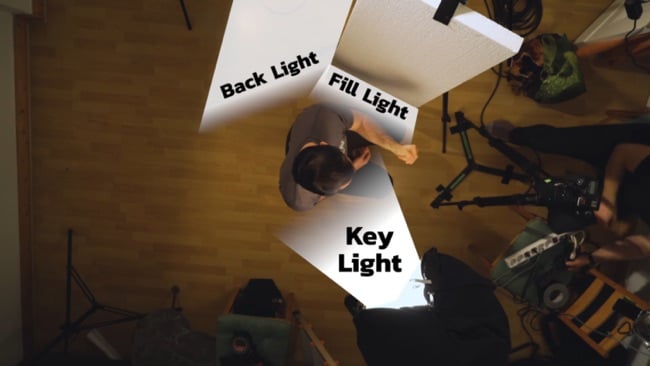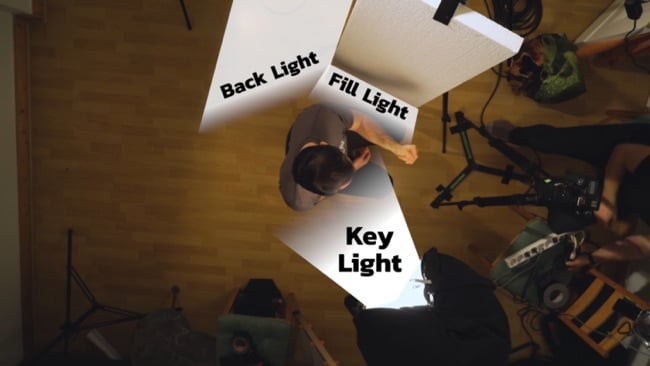
 Have foam, will fill
Have foam, will fill
All too often, you may be stuck with needing to shoot an interview or take a photo and you only have one light to shine on your subject. Ordinarily, that would mean long shadows and an unappealing image, but with a few bounce boards you can create the look of 3-point lighting and save the day.
This is all presented neatly in The Lighting Channel's video How To: Portrait Lighting, which you can watch below. But the best part about a simple white foam board is that they are incredibly cheap, and you can get them in both black and white, giving you plenty of options. You can pick them up at a local dollar store, so you can get as many as you need. Then it’s just a matter of securing them to a C-stand or have someone hold it just off camera for just enough fill to provide depth to your subject’s face and not make them look … well, evil.
(If you're after that, there's also a tutorial on Horror Lighting here.)
You can also use them in the background to reflect the light and provide that critical backlight bounce. Then all you need is a primary light source for your key. That can be anything, but it will help if you can direct the light it casts. You can use anything from a work light to a china ball that’s mostly covered up except for where you want the light to go. Even a lamp, where the lamp shade directs the light can work in this case. Or just your own video light, placed on a tripod off-camera. I like the use of the china ball light because it also cast a bright glow everywhere if you need it. A directional light can’t do that. So you can block off where you want the light to go, but when you need to have it go everywhere, you have that option as well. And the paper-like quality of the china ball acts as a natural diffuser.
The trick here is to make the light strong enough that it not only acts as a key but when properly directed, can bounce off the white back and fill foam boards to get the entire subject properly lit. You may be limited by tight shots to do it, but it can work for you.
The other benefit of using foam core is you can also use it as a flag to control the spill of a light source. And since it’s foam, you can also cut out specific shapes to create “cookies” to create a shadow or blinds look. This can be great for breaking up the light heading towards the background.
And it works.
Tags: Production


Comments